Raaga Based Song of the Day: Nache man mora magan dhig dha dhigi dhigi ….
Raag Bhairavi, Tal Tintal/Kaherava
I feel that I haven’t given you enough of what is known as the Queen of Melodies: Raag Bhairavi. So far I have given you just two songs: Babul mora naihar chhooto hi jaaye, one of the finest examples of this raag (Tal Kaherava; ‘Please see: ‘Raaga Based Song Of The Day #11′); and Tumhi ho mata pita tumhi ho after I lost my mother on 09 Aug 17 (Tal Kaherava; Please see: ‘Raaga Based Song Of The Day #57‘). I haven’t given you, for example, any of Jaikishan songs; he was so fond of Bhairavi that he named his daughter Bhairavi. Indeed, so popular is this raaga for composing Hindi songs that for the next hundred days I can keep giving you songs in this raaga and will still have some songs left.
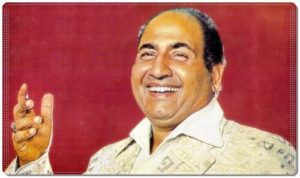 This one is a favourite on many counts. The first one is Mohammad Rafi, the best male singer that we ever had and perhaps shall ever have. It is fashionable for people to say, without knowing enough, that perhaps Manna Dey was a better singer of classical songs. I like Manna Dey too but he is nowhere near the range of Rafi Saab. The second is
This one is a favourite on many counts. The first one is Mohammad Rafi, the best male singer that we ever had and perhaps shall ever have. It is fashionable for people to say, without knowing enough, that perhaps Manna Dey was a better singer of classical songs. I like Manna Dey too but he is nowhere near the range of Rafi Saab. The second is 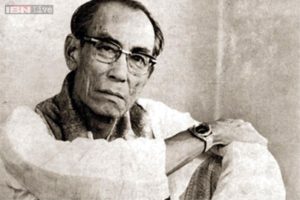 the superb composition by SD Burman not only for this song but in other songs of the movie Meri Soorat Teri Aankhen such as Poochho na kaise maine rayn bitayi (I have already given you this, in Raag Ahir Bhairav; Please see: ‘Raaga Based Song Of The Day #22’) and Tere bin soone nain hamare (Raag Pilu, Tal Dadra). Indeed, composers like SD Burman and Naushad are the reasons I started learning about raaga based songs.
the superb composition by SD Burman not only for this song but in other songs of the movie Meri Soorat Teri Aankhen such as Poochho na kaise maine rayn bitayi (I have already given you this, in Raag Ahir Bhairav; Please see: ‘Raaga Based Song Of The Day #22’) and Tere bin soone nain hamare (Raag Pilu, Tal Dadra). Indeed, composers like SD Burman and Naushad are the reasons I started learning about raaga based songs.
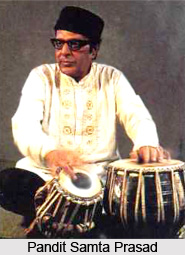
The third reason is that Tabla accompaniment to Mohammad Rafi was Pandit Samta Prasad (Padma Bhushan and Padma Shri), a legend in his own right. Please recall what I told you about Taal (Rhythm) in the beginning (Please see: ‘Raaga Based Song Of The Day #2‘). I told you that Taal or Tal has literally come from Taali (Clap) and that’s how rhythm used to be kept at one time. Nowadays, Tabla does it but you still see, in concerts, people keeping rhythm by Clap or Wave of the hand. That’s the importance of Tabla for you. This song has two different Tal at two different stages of the song: Tintal and Kaherava. In addition, this song has so much dependance on Tabla that only a maestro could have done justice to it. Pandit Samta Prasad (by the way, he was RD Burman’s guru in music) did it so exellently.
We have completed seventy-three days of Raaga Based Songs of the Day. Our first post in the series was titled ‘Raaga Based Song Of The Day #1’ and the song was a Mohammad Rafi and Lata Mangeshkar song from the 1970 Shakti Samanta movie Pagla Kahin Ka: Tum mujhe youn bhula na paoge. It is in Raag Jhinjhoti, Tal Kaherava.
Our seventy-third post or the last post was titled ‘Raaga Based Song Of The Day #73‘ and the song was a Mohammad Rafi song from the 1957 Kedar Kapoor movie Miss Bombay starring Ajit, Nalini Jaywant and Rehman: Zindagi bhar gham judaai ka mujhe tadpaayega. It is in Raag Malkauns, Tal Rupaktal.
This blog has a number of posts on Raaga based songs in Hindi movies titled similarly; for example: ‘The Best Raaga Based Songs in Hindi Movies – Raaga Yaman – Part III‘.
In the last seventy-three days of sharing Raaga based songs of the day, I have given you songs based on Raag Jhinjhoti, Gara, Bhimpalasi, Madhuvanti, Shivaranjani, Bihag, Pahadi, Sarang, Pilu, Bhairavi, Khammaj, Charukesi, Kalyan or Yaman, Desh, Malgunji, Kirwani, Kedar, Bageshri, Megh Malhar, Bhupali, Ahir Bhairav, Malkaush, Mand, Adana, Kafi, Rageshri, Jaunpuri, Tilang, Janasammohini, Chayanat, Shuddha Kalyan, Gaur Sarang, Jogiya, Asavari, Maru Bihag, Durga, Lalit, Puria Dhanashri, Bhinna Sahdja, Sohani, Multani, Patdeep, Jaijaiwanti, Tilak Kamod, Hemant, Basant Mukhari, Gujri Todi, Kalavati, Hamir, Bhatiyar, Gawati, Shyam Kalyan, Gorakh Kalyan, Madhamat Sarang, Manj Khammaj, Darbari Kanada, Vibhas and Shankara; making it a total of 58 raagas. The raagas that have been repeated so far are Pahadi, the raaga of my home place in the Himalayas, Maru Bihag, Raag Kirwani, Jhinjhoti, Bhairavi, Gara, Basant Mukhari and Malkauns. Today, I am repeating Raag Bhairavi.
Today’s song has been sung by Mohammad Rafi on the lyrics of a great lyricist: Shailendra (he was the lyricist (together with Hasrat Jaipuri) for one of the best Raaga Based Songs movies Basant Bahar with compositions by Shankar Jaikishan. Interestingly, Pandit Samta Prasad played Tabla in that movie too) and on a composition by SD Burman. As I said, it is in Raag Bhairavi, Tal Tintal/Kaherava.
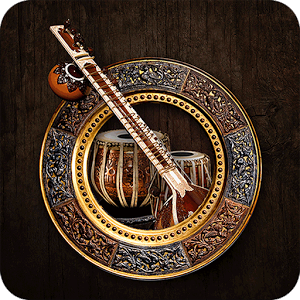 However, first, lets take up the value added learning of today. Today, we shall learn about Saregama Classical, another application available on Google Play with subscription (Free trial available). Here is the description:
However, first, lets take up the value added learning of today. Today, we shall learn about Saregama Classical, another application available on Google Play with subscription (Free trial available). Here is the description:
Saregama Classical App, the one stop destination for Indian Classical music with 10,000 music compositions featuring 400 artistes, 50 editor’s choice channels and 14 instruments.
Activate your free trial from your first registered device
This app features:
50 Curated Editor’s Choice Stations:
– Listed basis artistes and instruments
– Enjoy unique commentary by musicologists, aficionados and specialists. Includes anecdotes, information on Raagas, and biographical bites
– Get information on Raaga and Taala of the currently playing song
Rich Content:
– Carnatic Artistes include: M.S. Subbulakshmi, Dr. M. Balamuralikrishna, Semmangudi Srinivasa Iyer, Lalgudi G. Jayaraman, T.M. Krishna, M.S. Gopalakrishnan, U. Srinivas, and many more
– Hindustani artistes include: Pt. Ravi Shankar, Ustad Bismillah Khan, Ustad Amir Khan, , Pt. Jasraj, Pt Hariprasad Chaurasia, Pt. Bhimsen Joshi, Ustad Amjad Ali Khan, Ustad Zakir Hussain, Rahul Sharma, and many more
– Instrumental Radio Stations include: Violin, Veena, Mandolin, Mridangam, Tabla, Guitar, Sarangi, Flute, Nadaswaram, Sitar and Shehnai
– Raagas library include: Bhairavi, Marwa, Indira Kalyan, Megh Malhar, Jog, Pilu, Darbari, Hamsadhwani, Dhanyasi, Mohanam and many more
– Songs in Tamil, Telugu, Kannada, Malayalam
Film Music:
– Listen to Bollywood and Tamil film songs based on raagas
– Each song is complemented by a commentary that describes how the raaga has been used in that specific song
Classical Studio:
– Watch videos of Indian classical maestros deliver soulful music
Other Features:
– Link up to 4 mobile devices to a single subscription account
– Use our Offline feature and listen to your favourite songs without being connected to the internet
– Tune into the ‘What’s new section to listen to the newest tracks added on the app
– Listen to the songs recommended by our editor under the Specials section of the app
– Value for money subscription plans available in monthly, semi-annual or annual options
Remember! Your subscription automatically renews at the prevailing subscription rates for Google Play & PayTM account users.
If you have paid through Google Wallet, go to subscription list in your Google Play account, to turn off auto renewal.
If you have paid through PayTM, go to ‘My Account’ under the main menu of the app & tap Cancel Subscription.
No cancellation of the current subscription is allowed during active subscription period.
Subscribe to Saregama Classical for as low as Rs. 99 for a month, Rs. 199 for 3 months, Rs. 495 for 6 months and Rs. 890 for a year (within India). If you are from US, plans start from $2.99 for a month.
Please go to http://www.saregama.com/classic-static/privacy_policy and http://www.saregama.com/classic-static/faq for more information.
All content available on this application is legitimate and owned by publisher, Saregama India Ltd.
– For Android: 4.0 and above.
As I mentioned, today’s song is composed in Raag Bhairavi Tal Tintal/Kaherava.
Raag Bhairavi is the basic raag of the Bhairavi Thaat. Bhairavi makes use of all the komal swars, Rishabh, Gandhar, Dhaivat, Nishad. When singing compositions in Bhairavi raag, the singers however take liberty to use all the 12 swars. Bhairavi raag is named after the shakti or feminine aspect of the cosmic life force, which is personified as a consort to Lord Shiva. Bhairavi is a powerful raag filled with devotion and compassion. Its Jati is Sampurna – Sampurna, which means all seven swar (heptatonic) both in Aaroha and Avaroha. I have already told you that in a concert Bhairavi is usually the concluding raaga since it is supposed to cure mistakes of the earlier performances. Hence, if a concert has started at night (which is usually the case), Bhairavi would be played in the wee hours of the morning.
A pleasant sobering atmosphere full of love and piety is created with this raag and one feels so close to the Supreme. Its compositions include several Thumris, Bhajans, Ghazals, Songs etc. Since it is an ocean of immense possibilities the melodic combitions can include all the twelve notes with skill.
Some of the other songs composed in Raag Bhairavi are:
| 1. 2. 3. 4. 5. 6. 7. 8. 9. 10. 11. 12. 13. 14. 15. 16. 17. 18. 19. 20. 21. 22. 23. 24. 25. 26. 27. 28. 29. 30. 31. 32. 33. 34. 35. 36. 37. 38. 39. 40. 41. 42. 43. 44. 45. 46. 47. 48. 49. 50. 51. 52. 53. 54. 55. |
Baat Chalat Nayi Chunri Kaisay Jaaoon Jamuna Kay Teer Chod Gaye Baalam Sudh Bisar Gayee Baat Chalat Nayi Saanwaray Saanwaray Phul Gendwa Na Maaro Laga Chunari Mein Daag Hato Kaahe Ko Jo Tum Todo Piya Meray Aey Dil Bata Mori Cham Cham Bajay Tu Ganga Ki Mauj Sun Neel Kamal Madhukar Shyam Hamaray Babul Mora Naihar Mat Ja Jogi Bhagwan Do Ghadi Ab Teray Siva Kaun Dheeray Dheeray Aaray Piu Piu Bol Aaee Diwali Hamein To Shamein Gam Akeli Mat Jaeeyo Kya Mil Gaya Bhagwan Main To Girdhar Saiyan Ho Tose Bujhti Hui Is Jot Bajuband Khul Khul Tu Pyar Kare Ya Armaan Bhare Dil Shri Ram Bhajo Such Mein Piya Ji Main To Karam Gati Tare Dekho Ji Bahar Aayi Aaya Hai Mujhe Phir Dil Ka Khilona Haye Toot Gaya Kaise Samjhaoon Duniya BananewalayNa Tufan Say KheloTumharay Sang Main Bhi Khamosh Hai Khewanhar Do Hanso Ka Joda Main Pyar Se Teray Tumhee Ho Mata, Pita Tumheen Ho Main Dekhoon Jis Or Sakhi Insaaf Ka Mandir Main Zindagi Mein Jot Se Jot Jagaatay Chalo Sajna Kahe Nahin Babul Mora Shyam Mohe Chakar Aaja Sawariya |
Ladki Devta Barsaat Sangeet Samrat Tansen Rani Roopmati Anuradha Dooj Ka Chand Dil Hi To Hai Manzil Jhanak Jhanak Payal Baje Jhanak Jhanak Payal Baje Ghoonghat Baiju Bawara Chitralekha Bhakt Surdas Street Singer Jogan Bahar Kismat Kismat Bandhan Ratan Jugnu Lalat Anmol Ghadi Jogan Nai Raahein Lajawab Bajuband Dekh Kabira Roya Ambar – Milan Milan Azaad Devar Goonj Uthi Shehnai Suraj Teesri KasamUdan KhatolaSohni Mahiwal Amar Ganga Jamuna Saathi Main Chup Rahoongi Anita Amar Barsaat Sant Gyaneshwar Badnam Basti Avishkar Meera Gaman |
Geeta Roy Lata Mangeshkar Mukesh, Lata Manna Dey Krishnrao, Mohd.Rafi Lata Manna Dey Manna Dey Manna Dey Lata Mangeshkar Lata, Manna Dey Lata Mangeshkar Rafi, Lata Ram Dulari K. L. Saigal K. L. Saigal Geeta Roy Geeta Roy Amirbai Karnataki Arun, Amir Pradeep Zohrabai Ambalawali Noorjahan Heerabai Barodkar Noorjahan Geeta Roy Rafi , Asha Geeta Roy Lata Mangeshkar Lata Mangeshkar Geeta Dutt, Talat Mehmood K. C. Dey Lata Mangeshkar Manna Dey Lata Mangeshkar Mukesh Lata Mangeshkar Rafi, Lata MukeshMohd. RafiLata Lata Lata Lata Lata Lata Mohd. Rafi, chorus Mohd. Rafi Lata & Mukesh Ghulam Mustafa Jagjit & Chitra Singh Vani Jayaram Hiradevi Mishra |
| 56. 57. 58. 59. 60. 61. 62. 63. 64. 65. 66. 67. 68. 69. 70. 71. 72. 73. 74. 75. 76. 77. 78. 79. 80. 81. 82. 83. 84. 85. 86. 87. 88. 89. 90. 91. 92. 93. 94. 95. 96. 97. 98. 99. 100. 101. 102. 103. 104. 105. 106. 107. 108. 109. 110. |
Aapki Yaad Aati Rahi Raat Bhar O Bansi Bajaiya Ho Gori Tori Baanki Jara Man Ki Satyam Shivam Sundaram Jo Tum Todo Rang Mahal Kay Kanha Re Peed Sahi Na Jaye Meri Jaan Aey Ji O Dekha Pyar Hai Re Main To Jo Bhajay Hari Tero Naam Dil Ka Na Karna Aitbar Mehndi Lagi Mere Haath Suno Choti Si Gudiya Ki Sar Pay Kadam Ki Chaiya Sun Le Baapu Ye Paigam Meray Man Ki Ganga Mujhko Is Raat Ki Chhaliya Mera Naam Ek Paisa Day Day Main Chali Main Chali Garib Jaan Kay Chahe Koi Mujhay Sur Badle Kaisay Piya Te Kahan Gayo Ye Zindagi Kay Melay Aey Dil Ab Kahin Yahi Hai Vo Sanjh Aur Savera Dil Apna Aur Preet Parayee Shisha-e-dil Itna Na Mera Naam Raju Hothon Pe Sacchai Rehti Hai Hai Aag Hamare Seene Mein Sab Kuch Seekha Hamne Tu Hindu Banega Na Dil-e-betaab Ko Tera Jaadu Na Chalega Waqt Se Din Aur Raat Mera Rang De Basanti Raja Ki Aayegi Baraat Ek Dil Aur Sau Afsane O Shama Mujhe Phook De Main Aashiq Hoon Barsaat Mein Kehta Hai Joker Mera vichada yaar milaaday Mera Joota Hai Japani Ramaiya Vasta Vaiya Pyar Hua Ikrar Hua Hai Teri Nigahon Pe Bane To Ban Jao Jis Dil Mein Basa Ae Mere Dost Ae Mere Pagdi Samhal |
Gaman Sapne Suhane Aadhi Raat Ke Baad Kohinoor Satyam Shivam Sundaram Silsila Satyam Shivam Sundaram Aakrosh Anubhav Dekha Pyar Tumhara Bedag Taqdir Ka Badshah Halaku Mehndi Lagi Mere Haath Seema Bhakt Surdas Balak Sangam Dil Bhi Tera Hum Bhi Tere Chhaliya Vachan Professor Chhoo Mantar Junglee Barkha Toofan Aur Diya Mela Bluff Master Sanjh Aur Savera Dil Apna Aur Preet Paraee Dil Apna Aur Preet Paraee Jis Des Mein Ganga Behti Hai Jis Des Mein Ganga Behti Hai Jis Des Mein Ganga Behti Hai Anari Dhool Ka Phool Palki Guest House Waqt Shaheed Aah Ek Dil Aur Sau Afsane Aashiq Aashiq Barsaat Mera Naam Joker Sohni Mehiwaal Shri 420 Shri 420 Shri 420 Shabnam Dulha-Dulhan Saheli Meherbaan Shaheed |
Chhaya Ganguli Suman Kalyanpur Manna Dey Mohd. Rafi Lata Lata Lata , Nitin Vandana Purandare Geeta Dutt Suman Kalyanpur Manna Dey Lata Lata Lata Lata Sehgal, Rajan Hemlata Mukesh Mukesh Mukesh Asha Bhosle Lata, Rafi Mohd. Rafi, Geeta Dutt Mohd. Rafi Lata Lata Rafi Hemant Kumar Asha , Rafi Lata Lata Mukesh Mukesh Manna Dey, Mukesh, Geeta, Lata Mukesh Rafi Rafi, Suman Kalyanpur Lata Rafi Rafi Lata Lata Lata, Mukesh Mukesh Lata Mukesh Lata Mukesh Rafi, Lata, Mukesh Manna Dey, Lata Mukesh Lata, Mukesh Mukesh Rafi Rafi |
| 111. 112. 113. 114. 115. 116. 117. 118. 119. 120. 121. 122. 123. 124. 125. 126. 127. 128. 129. 130. 131. 132. 133. 134. 135. 136. 137. 138. 139. 140. 141. 142. 143. 144. 145. 146. 147. 148. 149. 150. 151. 152. 153. 154. 155. 156. |
April Fool Banaya O Jane Wale Jao Aa Asmaan Wale Mera Rang De Basanti Chola Manzil Ki Dhun Mein Mehtaab Tera Chehra Dhanya Bhagya Sewa Ka Chali Pee Ke Nagar Nain Mile Chain Kahan Dhire Dhire Chal Chand Mile Jo Kadi Kadi Ek Matwala Jiya Aana Hai To Aa Tumko Hamari Umar lag Ae Qaatibe Taqdir Jab Dil Hi Toot GayaBacchhe Man Ke Sacchhe Reshmi Salwar Kurta Tu Pyar Kahe Khushiyon Ke Phool Suno Chhoti Se Gudiya Kisi Ne Apna Main Piya Teri Jaise Radha Ne Maala Japi Ae Dil Tujhe Kasam Jeet Hi Lenge Baazi Main Piya Teri Tu Dil Ka Khilona Ja Re Ud Ja Re Baki Kuch Bachaa Doli Chadte Hi Beshak Mandir Chal Chal Ae DilYeh Pyar Vyar Kya Hai Chingari Koi Bhadke Dil Aaj Shayar Hai Kisi Baat Par Main Ae Mere Dil Kahin Ae Mere Dost Bhor Bhaye Panghat Pe Garibon Ki Suno Ek Tara Bole Jai Bolo Beimaan Jiya Jale Jaan Jale |
April Fool Mother India Pardes Shaheed Anokhi Ada Aashiq Sur Sangam Sardari Begum Basant Bahar Love Marriage Kasme-Vaade Mother India Naya Daur Aayee Milan Ki Bela My Sister ShahjahanDo Kaliyan Naya Daur Dekh Kabira Roya Mayurpankh Seema Patita Basant Bahar Tere Mere Sapne Dulari Shola Aur Shabnam Basant Bahar Goonj Uthi Shehnai Maya Roti Kapda Aur Makaan Heer Ranjha Bobby Jheel Ke Us PaarDarar Amar Prem Gambler Bemisal Daag Meherbaan Satyam Shivam Sundaram Dus Lakh Yaadgaar Beimaan Dil Se |
Rafi Lata Lata Rafi, Mukesh Mukesh Mukesh, Lata Kavita Krishnamurti Aarti Anklikar Lata, Manna Dey Lata, Rafi Kishore Rafi, Lata Rafi Lata K. L. Saigal K. L. SaigalLata Asha, Shamshad Begum Lata Lata Lata Lata Lata Lata Lata Rafi, Lata Lata Lata Lata Mukesh Lata Narendra Chanchal LataAbhijeet,Alka Yagnik Kishore Kishore Kishore Talat Mehmood Rafi Lata Rafi, Asha Mahendra Kapoor Mukesh Lata |
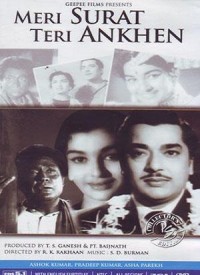
The song Nache man mora magan dhig dha dhigi dhigi is from the 1963 RK Rakhan movie Meri Surat Teri Ankhen starring Ashok Kumar, Asha Parekh and Pradeep Kumar.
Please enjoy in Raag Bhairavi, Tal Tintal/Kaherava: Nache man mora magan dhig dha dhigi dhigi…….
aa aa aa…
Naache man moraa, magan, dhiigadhaa dhiigii dhiigii -2
Badaraa ghir aaye, rut hai bhiigii bhiigii
Naache man moraa magan, dhiigadhaa dhiigii dhiigii -2
Dhiigadhaa dhiigii dhiigii, dhiigadhaa
Bansuri: tana~~N … tan tan tan tuu~~~~N tuu
Sitar: tain tain tain, tataNtaN, tataNtaN, tataNtaN, tataNtaN
Kuhuke koyaliyaa, kuhuke koyaliyaa, kahii.n duur papiihaa pukaare
daNaNaNaNaNaN
Jhuulaa jhuule.n sakhiyaa.N, jhuulaa jhuule.n sakhiyaa.N, ke ghar aajaa baalam hamaare
Ghir aaye, badaraa ghir aaye, rut hai bhiigii bhiigii
Naache man moraa, magan, dhiigadhaa dhiigii dhiigii
Naache re man moraa re
Naache man moraa, magan…
Tan ta tan taNa tanatu tan~~ tanatu
Tainta taiN, tainta taiN
Yahii.n ruk jaaye, yahii.n ruk jaaye, ye shaam aaj Dhalane na paaye
DaNaNaNaNaNaN
TuuTe na ye sapanaa, TuuTe na ye sapanaa, ko_ii ab mujhe na jagaaye
Ghir aaye, badaraa ghir aaye, rut hai bhiigii bhiigii
Naache re man moraa, dhiigadhaa dhiigii dhiigii
E, naache man moraa re
Naache man moraa, magan…
Bansuri and sitar duet
Tain tain tain, tataNtaN, tataNtaN, tataNtaN, tataNtaN
DaNandaNandaNang DHUNg
Chhup chhup aise me.n, chhup chhup aise me.n, ko_ii madhur giit gaaye
Chhanchhanchhanchhan chhananchhan
Giito.n ke bahaane, giito.n ke bahaane, chhupii baat ho.nTho.n pe aaye
Ghir aaye, badaraa ghir aaye, rut hai bhiigii bhiigii
Naache re man moraa, dhiigadhaa dhiigii dhiigii
E, naache man moraa, aa aa
Naache man moraa, magan…
We have intended to learn about Raaga based music whilst we entertain ourselves with Raaga based songs. So, lets, once again, take stock of our collective learning so far:
- On the first day we learnt about the Raaga system devised by Pandit Vishnu Narayan Bhatkhande, which is the prevalent system in Hindustani Classical Music and based on ten Thaats.
- On the second day we learnt about Tal or Taal.
- On the third day we learnt about characteristics of Raagas that included Swar, Jati, Thaat, Arohana and Avarohana, Vadi, Samvadi and Pakad.
- On the fourth day, we learnt about Sargam.
- On the fifth day, we learnt about notations used in Indian classical music or simply Swar Lipi.
- On the sixth day, we learnt about the Ras (sentiments) that Raagas evoke.
- On the seventh day, we learnt about various types of Swar: Shuddha, Achal, Vikrut, Komal and Teevra.
- On the eighth day, we learnt the parts of a composition in Indian Classical Music.
- On the ninth day, we learnt the names of some of the popular instruments used in Indian Classical Music.
- On the tenth day, we learnt about the sources of names of Raagas.
- On the eleventh day, we learnt about why Bhairavi is the first raag to be taught to beginners and also why it is the last in a performance.
- On the twelfth day, we learnt about Khammaj Thaat.
- On the thirteenth day, we learnt about Tal Punjabi Theka or Sitarkhani.
- On the fourteenth day, we learnt about Alap.
- On the fifteenth day, we learnt about List of Raagas (Raagmala) in my favourite book: Sri Guru Granth Sahib.
- On the sixteenth day, we learnt about tips for raaga identification.
- On the seventeenth day, we learnt the basics of Gharana system.
- On the eighteenth day, we learnt about Filmi Sangeet.
- On the nineteenth day, we learnt about the commonest Tal in Raagas: Tintal.
- On the twentieth day, we learnt about the Kafi Thaat.
- On the twenty-first day, we learnt a little more in detail about the classification of Raagas.
- On the twenty-second day, we learnt the essential differences between Bhairavi and Bhairav.
- On the twenty-third day, we learnt a little more in detail about the Jati or Jaati of a raaga.
- On the twenty-fourth day, we learnt details of Thaat Bilawal, the most basic thaat in the Bhatkhande’s system of raagas.
- On the twenty-fifth day, we learnt about Tintal.
- On the twenty-sixth day, we learnt in detail about the Raaga – Samay linkage.
- On the twenty-seventh day, we learnt about Lehar.
- On the twenty-eighth day, we learnt about the history of the Hindustani Music.
- On the twenty-ninth day, we learnt about Dhrupad.
- On the thirtieth day, we learnt about Rupaktal that I was introduced to, a few months back, by my friend Anand Desai.
- On the thirty-first day, we learnt about Khayal.
- On the thirty-second day, we learnt about Thumri.
- On the thirty-third day, we learnt about Tappa.
- On the thirty-fourth day, we learnt about Tarana.
- On the thirty-fifth day, we learnt about Tal Dipchandi (Moghali).
- On the thirty-sixth day, we learnt about Tabla.
- On the thirty-seventh day, we learnt about Kirtan.
- On the thirty-eighth day, we learnt about Pakhawaj.
- On the thirty-ninth day, we learnt about Hori.
- On the fortieth day, we learnt about Dadra.
- On the forty-first day, we learnt about Kajri.
- On the forty-second day, we learnt about Chaiti.
- On the forty-third day, we learnt about Sarangi.
- On the forty-fourth day, we learnt about Shehnai.
- On the forty-fifth day, we learnt about Sarod.
- On the forty-sixth day, we learnt about Bansuri.
- On the forty-seventh day, we learnt about Ektal and Tanpura.
- On the forty-eighth day, we learnt about Veena.
- On the forty-ninth day, we repeated our learning of Veena with a small excitement added.
- On the fiftieth day, we learnt about Dilruba/Esraj.
- On the fifty-first day, we learnt about Jaltarang.
- On the fifty-second day we learnt about Qawwali.
- On the fifty-third day, we learnt about Sitar.
- On the fifty-fourth day, we learnt about Surbahar.
- On the fifty-fifth day, we learnt about Harmonium.
- On the fifty-sixth day, we learnt about Santoor.
- On the fifty-seventh day, we learnt about Swarmandal.
- On the fifty-eighth day, we learnt about the Shruti Box.
- On the fifty-ninth day, we learnt about Alankar.
- On the sixtieth day, we learnt about singing in Aakaar.
- On the sixty-first day, we learnt about the Classification of Indian Musical Instruments.
- On the sixty-second day, we learnt a little about Carnatic Music.
- On the sixty-third day, we learnt about Natya Shastra.
- On the sixty-fourth day, we learnt about evolution of musical instruments in India down the ages.
- On the sixty-fifth day, we learnt about Riyaaz.
- On the sixty-sixth day, we looked at a list of Raagas in Hindustani Classical Music.
- On the sixty-seventh day, we learnt about the health benefits of raagas.
- On the sixty-eighth day, we learnt a little more comprehensively about the moods and emotions that raagas evoke.
- On the sixty-ninth day, we learnt about a mobile application to help identify raagas.
- On the seventieth day, we learnt about Melakarta Raagas.
- On the seventy-first day, we learnt about Sangita Makarand.
- On the seventy-second day, we learnt about TaalMala an Android application for personalized accompaniment of musical instruments during Riyaaz or even during Concert.
- On the seventy-third day, we learnt about Indian Classical Ragas, an Android application for mobile phones.
- And today, on the seventy-fourth day, we learnt about Saregama Classical, another application for Classical Raagas.
There is much more still to be learnt and enjoyed.
Please stay tuned!
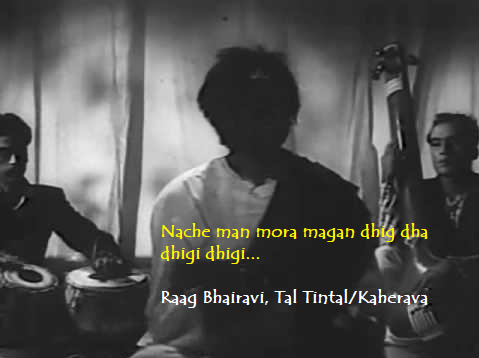
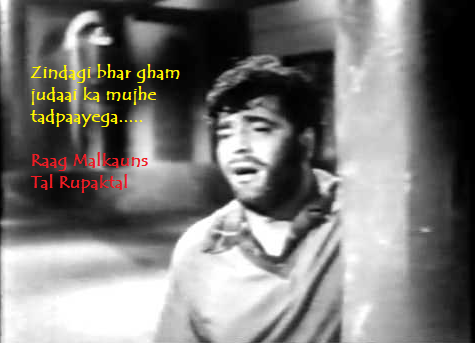
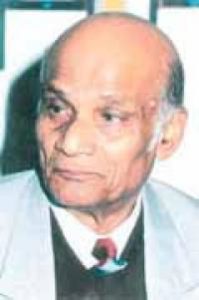
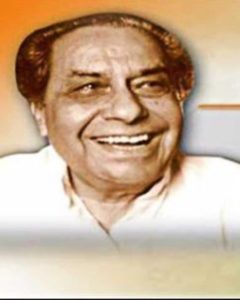 Dhawan,
Dhawan,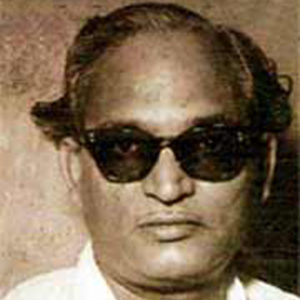
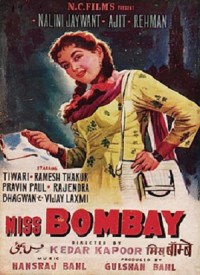
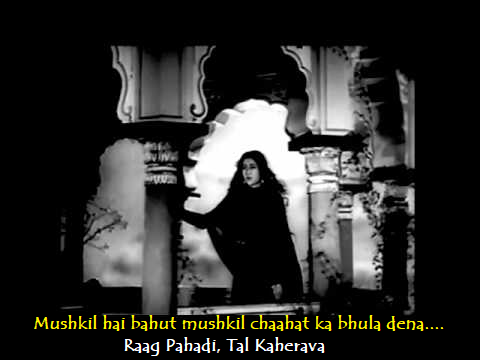
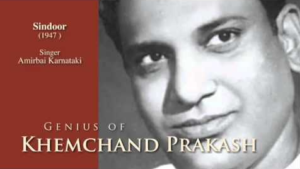 These remarkably beautiful lyrics have been penned by
These remarkably beautiful lyrics have been penned by 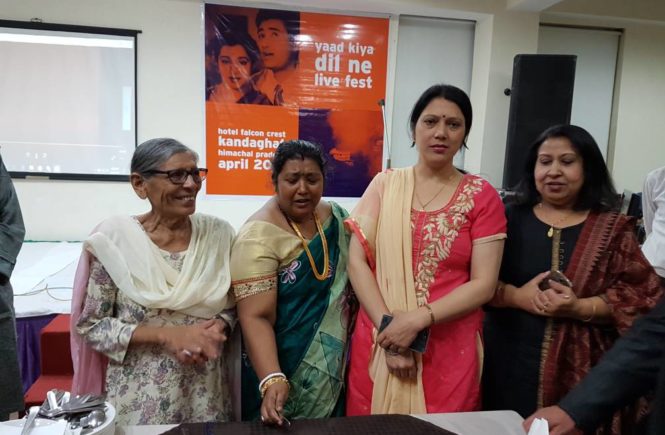
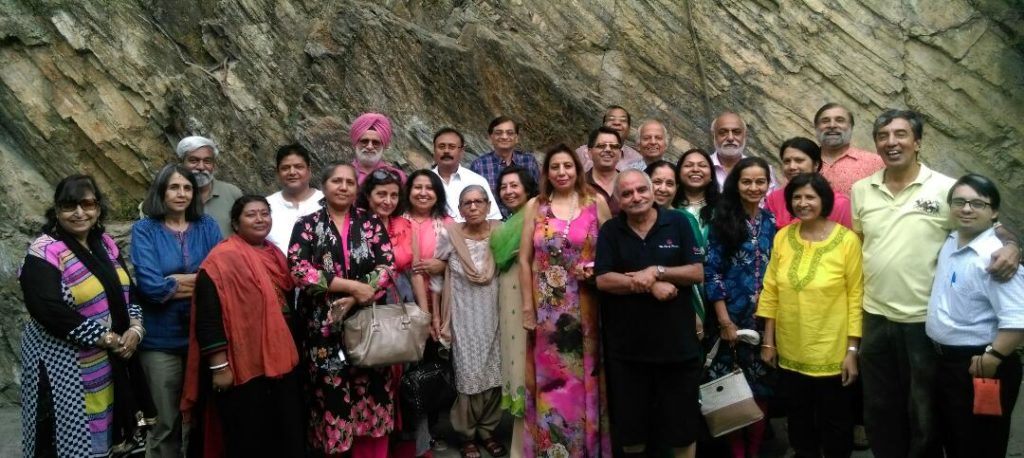
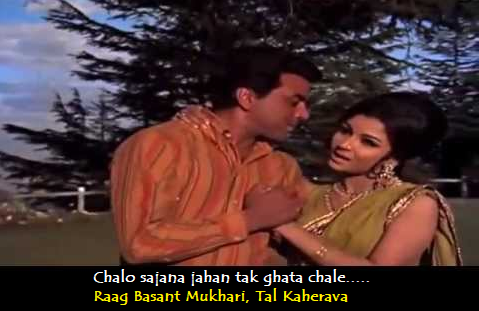
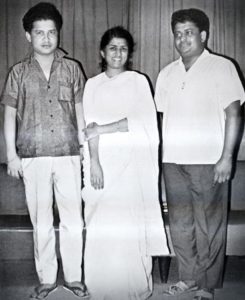
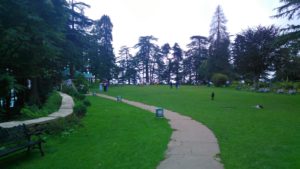
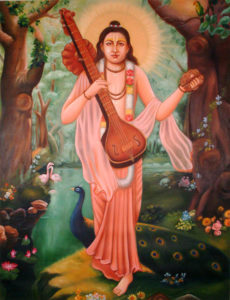
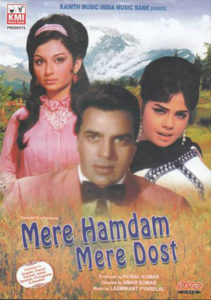 The song
The song 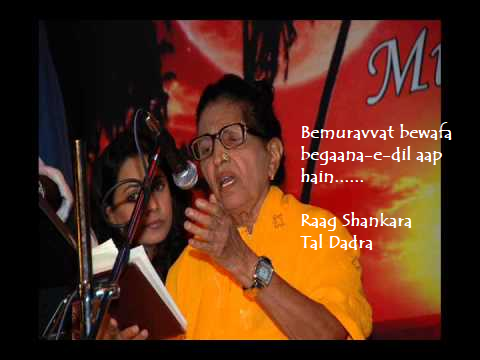
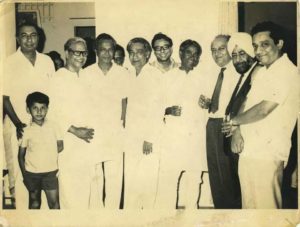
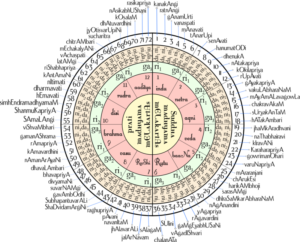
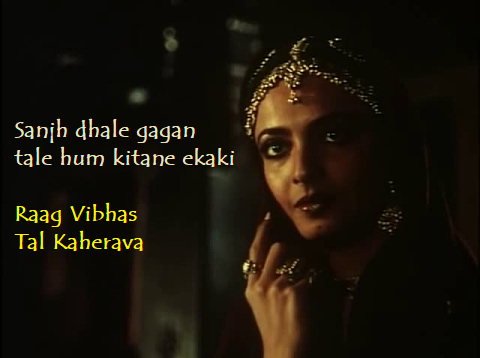
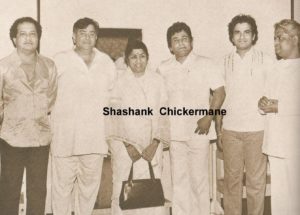
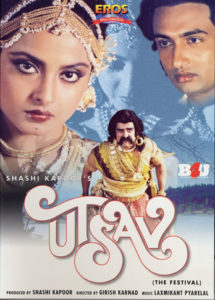
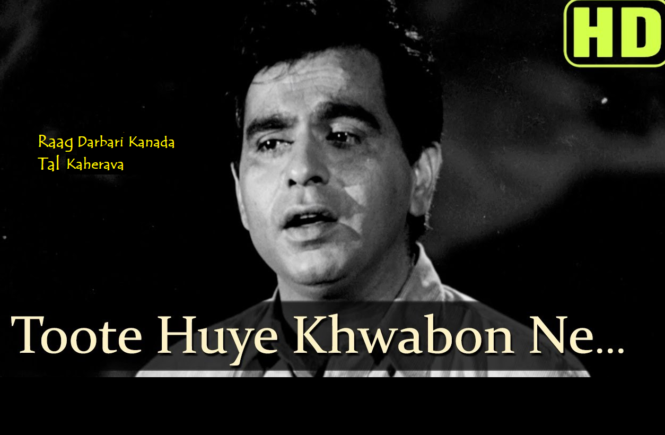
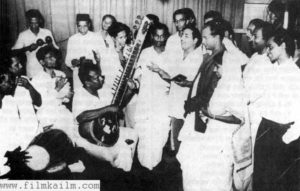
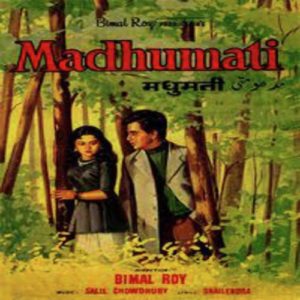
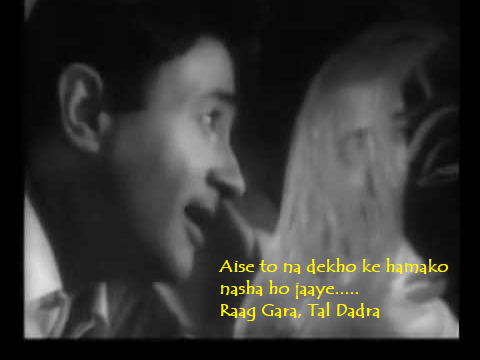
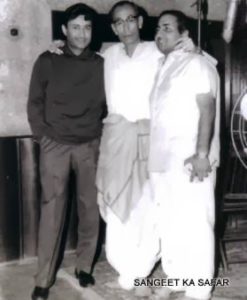
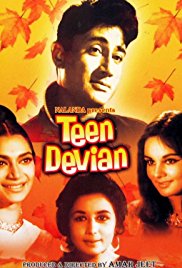
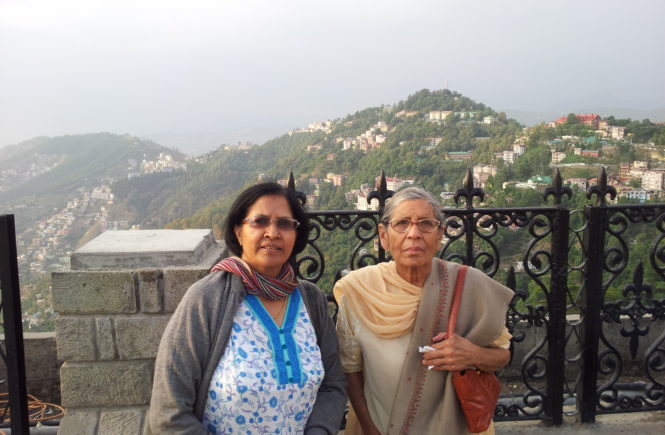
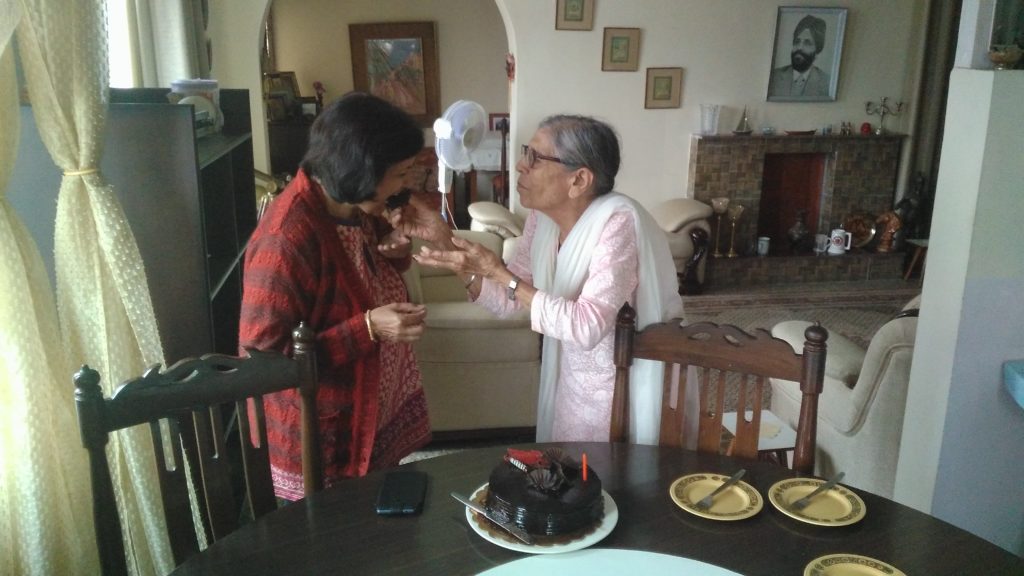
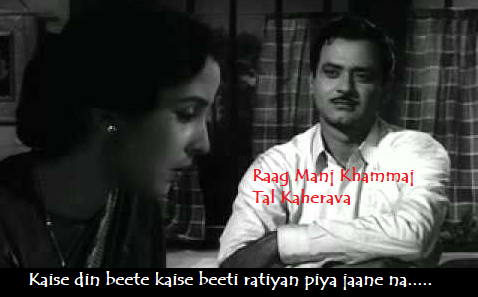
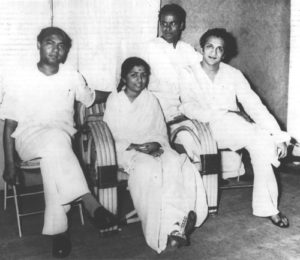
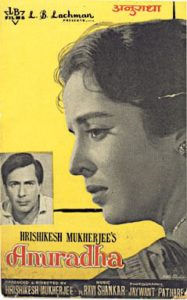
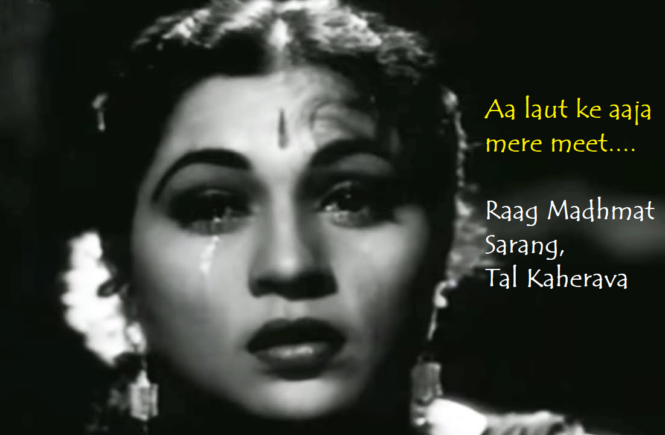
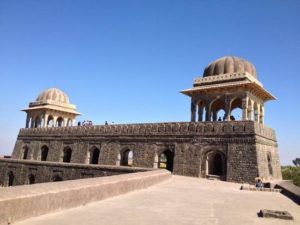
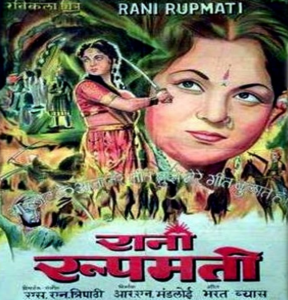 The song
The song 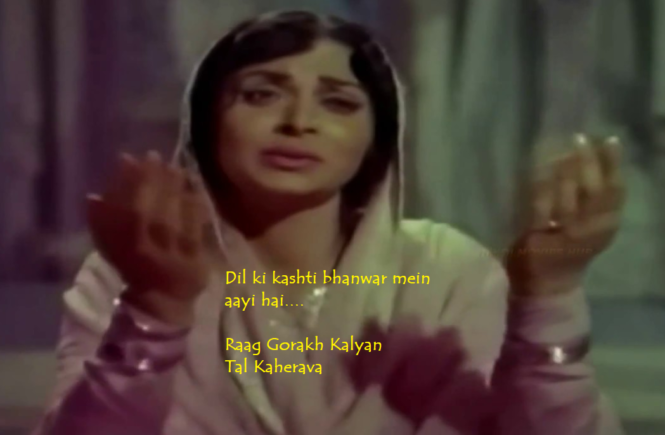
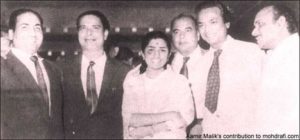
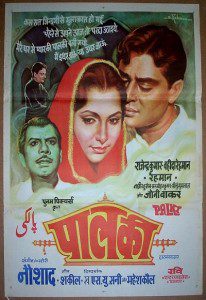
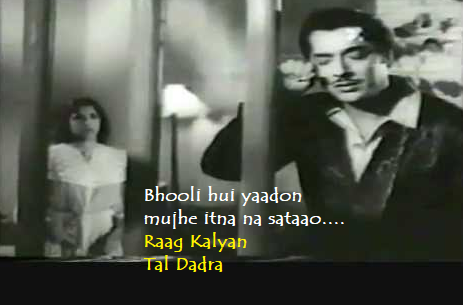
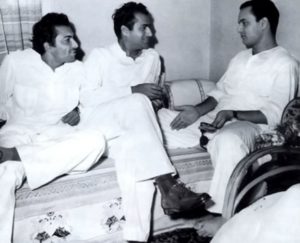
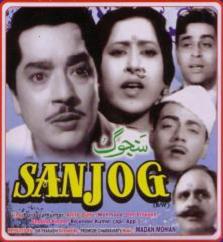
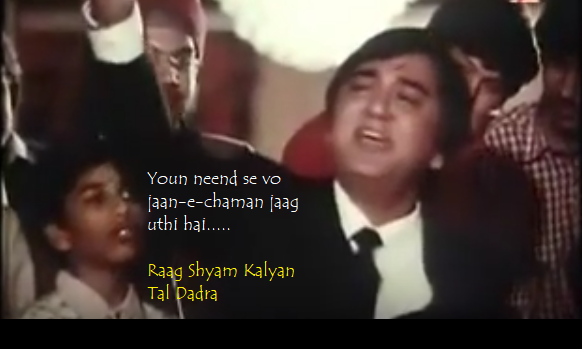
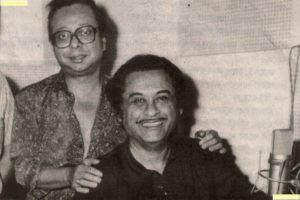
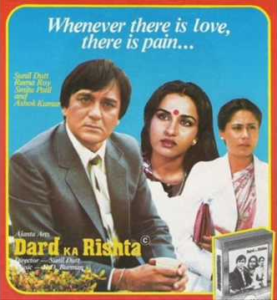 The song
The song